Water Level Indicator
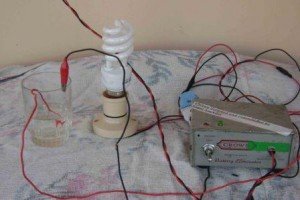
We can use the logic of making an automatic light detector to make a simple water level indicator.We just need to remove LDR from the circuit and put the wires into water, then it simply works as water level indicator. There is a specific resistance between the wires that are dipped into water and conduction of electricity through water gives biasing voltage to base of transistor.
The sensitivity can be adjusted using VR1. Put 470K variable resistance in VR1.
My project:

Buy similar kit
VEK2639 – Liquid Level Controller Kit




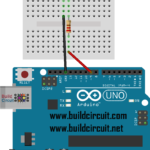







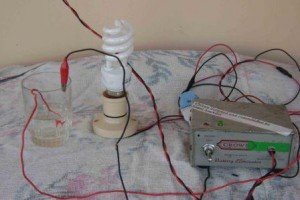
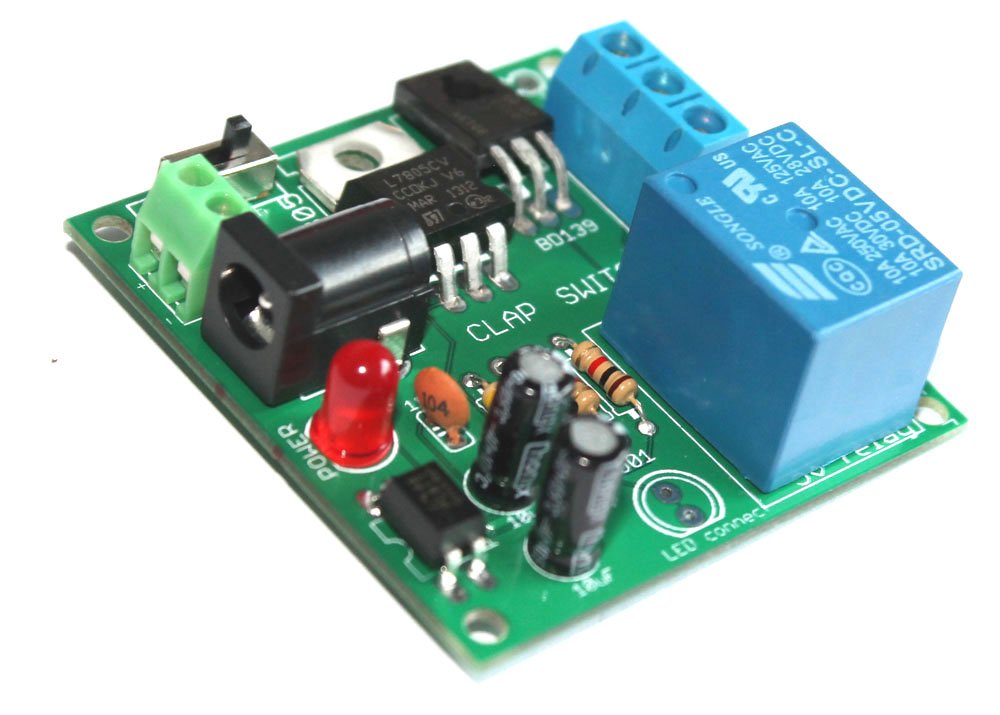
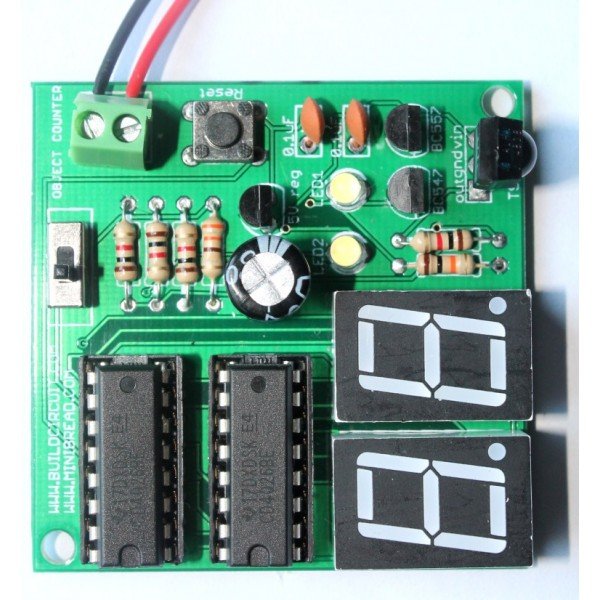
why i follow this water level indicator circuit it don’t not working?
Check these things:
a. did you properly connect the pins of transistor? Do you know which pins are emitter, base and collector. You can see it here: http://www.fairchildsemi.com/ds/BC/BC547.pdf
Keep some extra transistors, may be the transistor you are using is already broken.
b. Did you connect the LED properly? Check the LED putting from both sides and check with some other LEDs also, to be sure if all the LED are working.
c. Put 470KOhm or 1MOhm in place of VR1.
d. Check the battery properly.
e. Water should not be 100% clean :D, it works only for somewhat impure water, because there has to be some minerals to make the water conduct. If you have 100% pure water, put some salt in it.
Write me again if it doesn’t work.
Hi! This quite an interesting circuit. But if you want to make an even simpler and effective water level indicator and alarm, you can check out this site:
http://gallactronics.blogspot.in/2011/11/basic-water-level-alarm.html
Hope it was useful!
How can I add buzzer to it…………………
Remove LED and put a buzzer, simple!
How can we apply some feedback in connection to this circuit?
Hi.
How can I do for reversing original functionment ? i.e. I prefer that led will bright (and the buzzer sounds also)
WHEN the bared copper leads are dipped togheter, at the same level, into water,
revealing thus the “presence” of water.
Thanks.
How to add relay to on-off water pump or just off the pump after full of tank….plz reply me in mail also if possible.
Learn how to use a relay: http://www.buildcircuit.com/how-to-use-a-relay/
How can I add a relay to this circuit? Thanks
Learn how to use relay: http://www.buildcircuit.com/how-to-use-a-relay/
Hey…..is there any way to add a relay to this circuit?
🙂
Sweet circuit!
If anyone is interested in creating an alternative water level sensor, check this out: http://vegetronix.com/Products/AquaPlumb/
This one works capacitively rather than the traditional float based system. If it piques anyone’s interest, it also happens to work in many different types of liquids – both polar and nonpolar. Not really sure how it works exactly, but thought it was very cool.
Does anyone know how this water level sensor works? http://vegetronix.com/Products/AquaPlumb/
I know that it is a capacitive sensor, but I don’t understand why it is able to work in both polar and nonpolar liquids.
Can anyone shed some light?